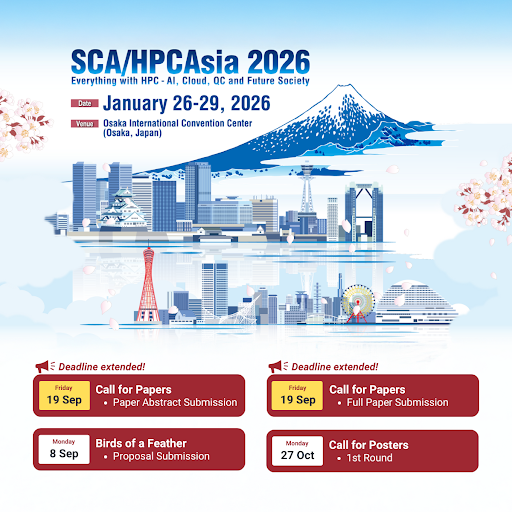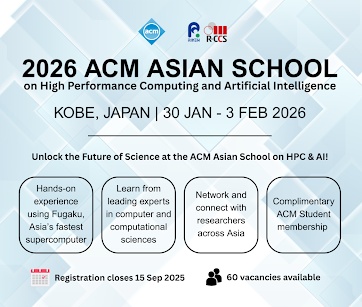Accelerating Decarbonization: Fugaku in the Race to Net Zero
By Marinel Mamac and Jihan Al-Shdifat
When it debuted in 2020, the supercomputer Fugaku was hailed as the centerpiece of Japan’s Society 5.0—a vision of a country able to solve social problems and advance its economy with the help of digital technology. It was, after all, the world’s fastest supercomputer at the time, a title it held on the biannual TOP500 list from its launch until June 2022.
“The main mission of Fugaku is to attain sustainability goals in the areas where it is involved,” said Professor Satoshi Matsuoka, director of the RIKEN Center for Computational Science and part of the team behind Fugaku, in an interview with Supercomputing Asia.
Achieving 442 petaFLOPS of computational power, Japan’s fastest supercomputer was developed by scientists at RIKEN with an application-first philosophy. That is, it wasn’t just about achieving computational excellence for its own sake—the machine was built to solve the biggest crises of our time. “Many of these crises pertain to carbon neutrality,” Matsuoka noted.
More than just a buzzword, decarbonization has become a crucial goal among researchers in Japan—a country that is among the world’s top carbon emitters. By the year 2030, Japan aims to reduce carbon emissions by 46 percent compared to 2013 baseline levels. With today’s generation of high performance computing (HPC) hardware, software and talent, Japan is leading Asian countries in achieving this goal.
TACKLING THE PROBLEM OF CARBON
In the half-hour or so that you spend sifting through this magazine, approximately 1.9 million metric tons of carbon dioxide (CO2) were emitted globally as a result of burning fossil fuel. Of the 50 billion tons of CO2 and CO2-equivalent greenhouse gases emitted each year, 73.2 percent comes from the energy sector, 18.4 percent from agriculture and 5.2 percent from industry. The remaining 3.2 percent comes from landfills and wastewater.
Of course, the earth has its own ways of ensuring a balance: Up to 83,000 metric tons of carbon per square kilometer will be sequestered by seagrass meadows, while forests take up around 30,000 metric tons of carbon per square kilometer.
But still, some 40 percent of emissions will make their way to the atmosphere, while 30 percent will be absorbed by seawater, causing ocean acidification. And as carbon emissions continue to rise and we lose our forests to rapid urbanization, wildfires, mining, unsustainable agriculture and rising sea levels, decarbonization innovation has become increasingly crucial.
Aside from energy generation, Matsuoka shared that food and agriculture is another crucial area of research being conducted with Fugaku. Food production generates lots of carbon, he pointed out, with cows being the largest producers of greenhouse gases in the sector. Today, Japanese scientists are trying to develop a breed of cows that produce less methane, while others are investigating better and more efficient ways to produce food. “What’s interesting for me is that the technologies these teams are using are very similar to technologies we have already developed for other areas of biology, like human medicine,” shared Matsuoka. “Some of the infrastructure we have built to accelerate drug discovery can be translated into food production, because underneath they’re using various genomic and proteomic technologies.”
Another area that Japanese scientists are looking into is maritime transport. Today’s ships are the backbone of global trade, but they also consume a significant amount of the world’s total energy— prompting scientists at RIKEN to study how we could make more efficient ships.
Matsuoka explains that designing these ships has always been a huge challenge. In conventional development, maritime design requires scale models. Huge pools are built to test small ship prototypes, with some pools being hundreds of meters in length.
“For the first time, we have the capacity to assist scientists in the maritime design process, eliminating the need for these huge pools,” Matsuoka shared. Scientists at the University of Tokyo have begun using Fugaku to conduct pool simulations, taking into account thousands of moving factors like the viscosity of water, the design of the cargo ship and the screws that will propel it. This allows them to boost ships’ energy efficiency by 10–15 percent, which Matsuoka pointed out can make a huge impact globally.





